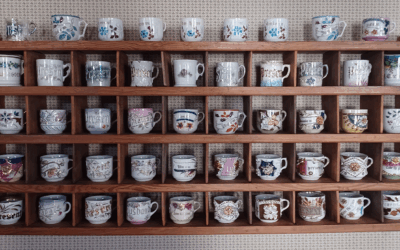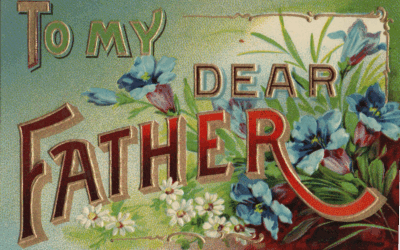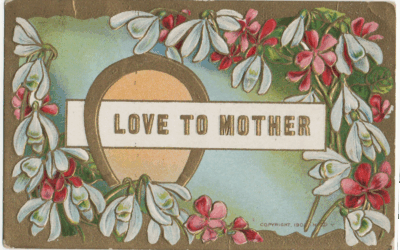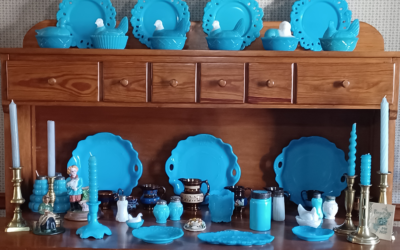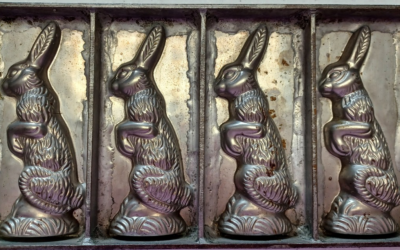Postcard Collecting: The Art and History of Deltiology
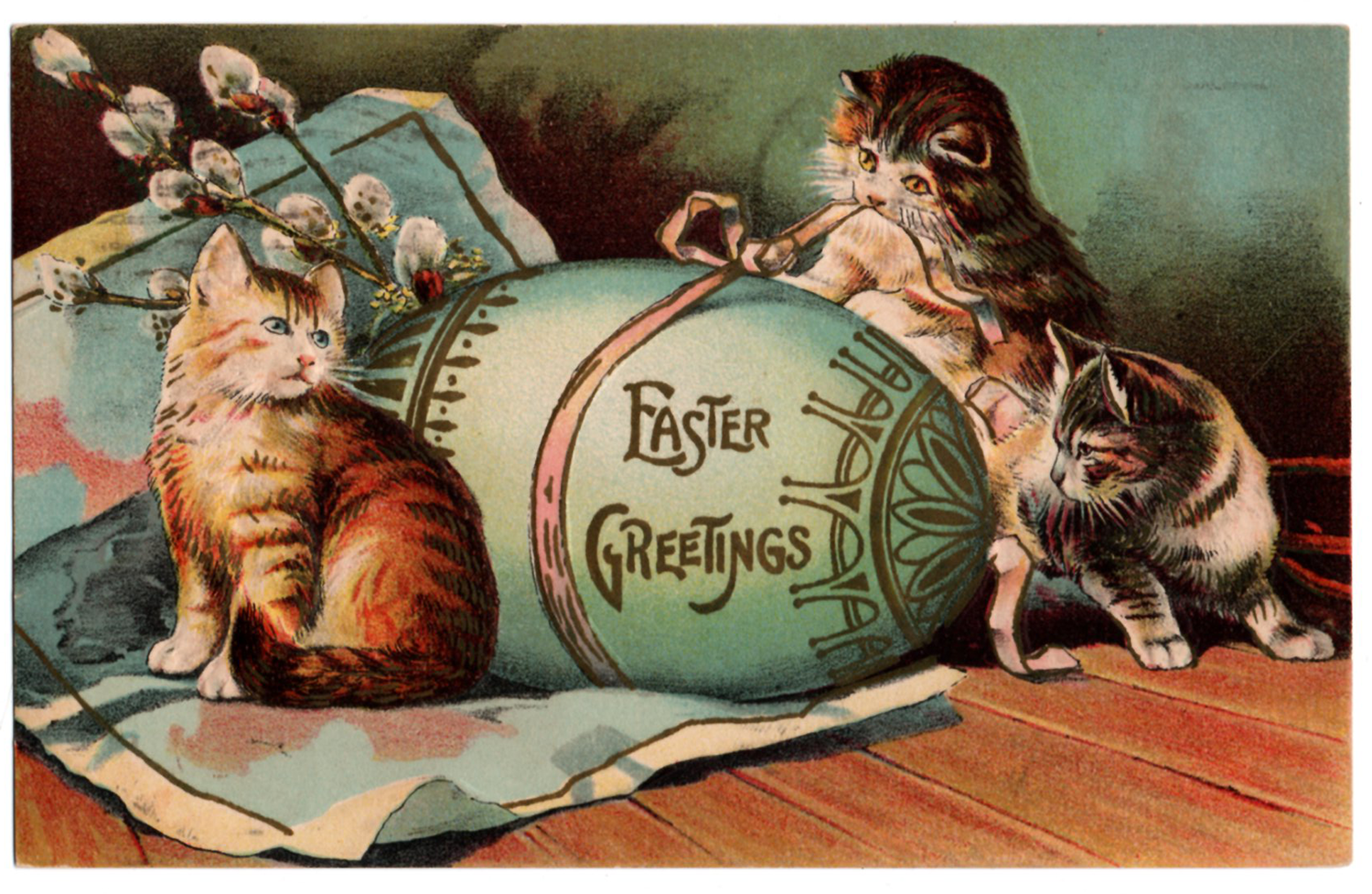
Written by Sally Thompson
Postcard collecting, known as Deltiology, is one of the most popular hobbies in the world. The term comes from the Greek word deltion, meaning “small picture” or “letter,” and it refers to the study and collection of postcards. While postcards may seem like simple souvenirs or pieces of mailed correspondence, they hold a rich history and serve as miniature time capsules of culture, art, and communication.
The Origins of Postcards
The earliest known postcards date back to the mid-19th century. The first recognized picture postcard was sent in Austria in 1869, though the concept gained worldwide popularity in the late 1800s and early 1900s. As travel became more accessible, postcards became a way for people to send quick messages to loved ones while showcasing beautiful images of landmarks, historical events, or even humorous scenes.
In the early 20th century, postcards were a dominant form of communication, much like text messages or social media today. The “Golden Age of Postcards” (roughly 1890–1915) saw millions of postcards printed and mailed worldwide, many of which are now highly collectible.
Why People Collect Postcards
Deltiologists, or postcard collectors, are drawn to the hobby for various reasons. Some collect for historical value, seeking postcards that capture bygone eras, famous events, or architectural landmarks. Others are interested in artistic styles, such as Art Nouveau or Art Deco designs featured on vintage cards. Many collectors focus on specific themes, such as:
- Holidays (Christmas, Halloween, Easter)
- Animals (dogs, cats, horses)
- Famous landmarks and cities
- Transportation (trains, ships, airplanes)
- Advertising and promotional cards
Beyond their aesthetic and historical appeal, postcards are also valuable for genealogical research. Since they often include handwritten messages, they can offer insights into personal histories, cultural customs, and the everyday lives of people from different time periods.
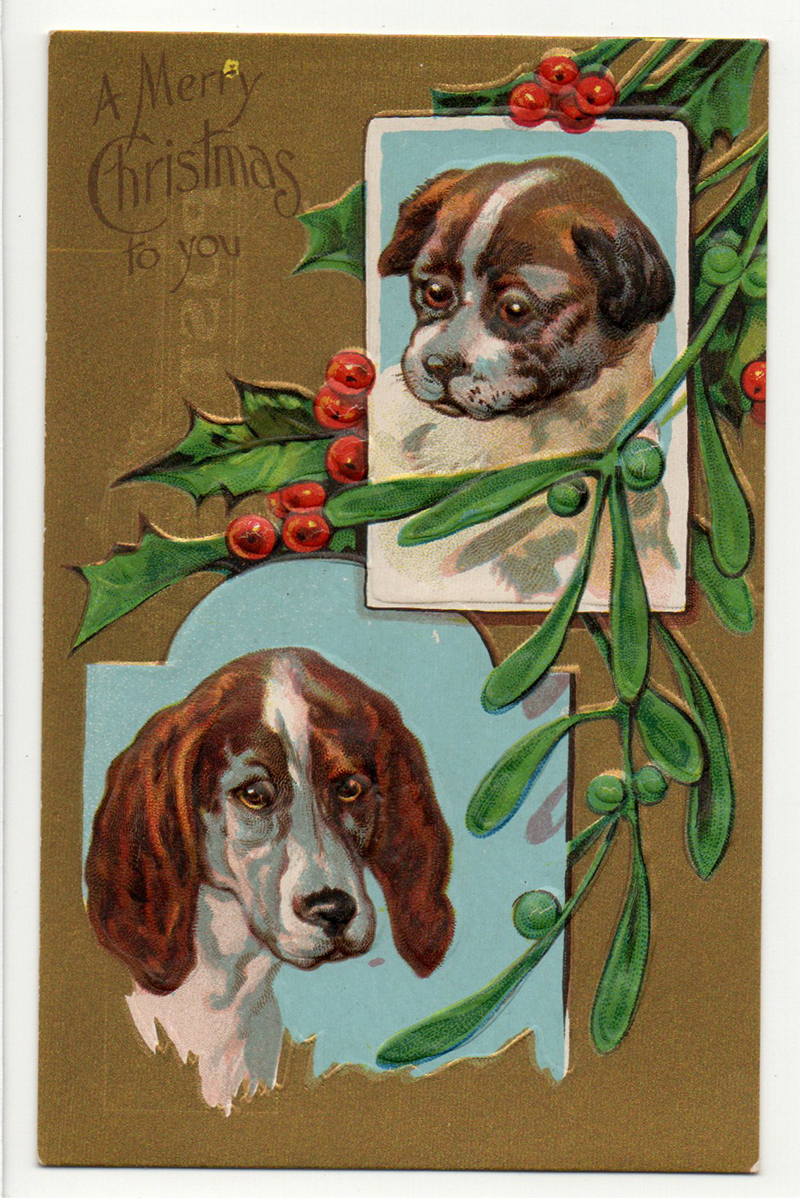

How to Start a Postcard Collection
https://www.ebay.com/usr/granitemom48Starting a postcard collection is easy and accessible for beginners. Antique stores, flea markets, estate sales, and online platforms like eBay and Etsy are great places to find vintage postcards. Many collectors join postcard clubs or attend deltiology conventions to trade and network with others who share their passion.
Postcards are typically categorized by their condition, rarity, and subject matter. Cards that are postmarked, feature rare designs, or are signed by famous artists (such as Raphael Tuck & Sons or Ellen Clapsaddle) can be particularly valuable. However, the true joy of deltiology comes from discovering unique postcards that tell a story or capture a moment in time.
If you’re looking to add to your collection, check out my eBay store ebay.com/usr/granitemom48
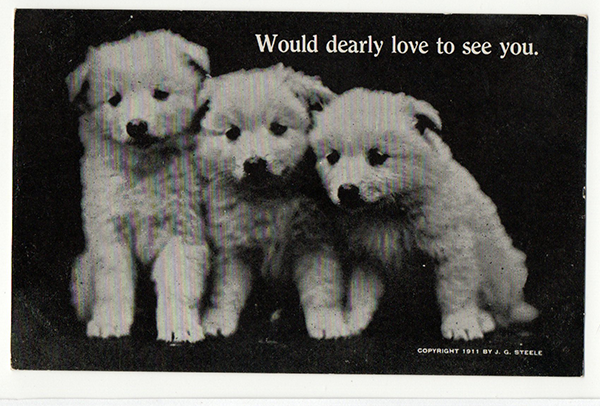
Preserving and Displaying Postcards
For those serious about collecting, proper storage is important. Acid-free albums, protective sleeves, and climate-controlled environments help prevent fading and deterioration. Many collectors also enjoy framing postcards as decorative pieces or creating themed scrapbooks.
The Lasting Appeal of Deltiology
Even in the digital age, deltiology remains a beloved hobby. The charm of postcards lies in their ability to connect the past with the present, offering a glimpse into history while allowing collectors to appreciate artistry and nostalgia. Whether you’re drawn to scenic landscapes, vintage advertisements, or holiday greetings, collecting postcards is a rewarding way to preserve history—one card at a time.
Are you a deltiologist? Share your favorite postcard finds in the comments! And don’t forget to browse my eBay store ebay.com/usr/granitemom48
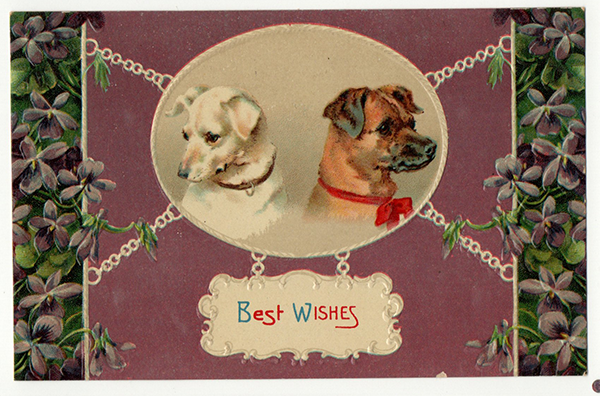
Sally has a passion for collecting and organizing Antique and Vintage shows. To become a vendor contact Sally Thompson at Granitemom@aol.com or call 913-488-3306
Antique Postcard Sells at Ebay
Some of the text content has been rewritten by AI.
Written by Sally Thompson
Related Articles
Related
Shaving Mugs and Mustache Cups Victorian Treasure Collectibles
Images from Sally Thompson's personal collection When searching for a truly unique and meaningful Father’s Day gift, consider stepping back in time to the refined rituals of the Victorian era. Two standout collectibles from this period—shaving mugs and mustache...
Remembering Fathers, in Word and Memory — A Reflection for Father’s Day
June 15th, 2025 Father’s Day invites us to pause—not just to give gifts or gather for a meal, but to reflect on the quiet strength, kindness, and presence of the fathers who raised us, guided us, and stood beside us. For many of us, the word “Dad” holds a thousand...
Silhouettes: The Art of Shadows Before the Camera
Photo by Benjamin Davies on UnsplashBefore the camera lens became the go-to medium for capturing a loved one's likeness, people relied on the gentle curves of a profile, cast in shadow, to preserve memories. The art of the silhouette—named for its distinctive...
A Mother’s Day Reflection: Celebrating the Women Who Shape Us
There’s something about Mother’s Day that stirs up the deepest kind of reflection—the sort that brings with it smiles, stories, and sometimes a few tears. It’s a time to pause and truly honor the women who have nurtured, guided, and stood beside us through every...
Blue Milk Glass
Blue milk glass, also known as opal glass, has a rich history that dates back to the 16th century in Venice. It was originally created as a competitor to porcelain, offering a unique aesthetic and affordable alternative. Over time, the term "milk glass" emerged,...
The History of Easter Eggs and Easter Bunnies
Easter is one of the most widely celebrated holidays around the world, blending Christian traditions with much older pagan customs. Two of the most recognizable symbols of Easter—the egg and the bunny—have fascinating histories that stretch back centuries. Though...

